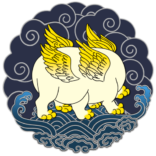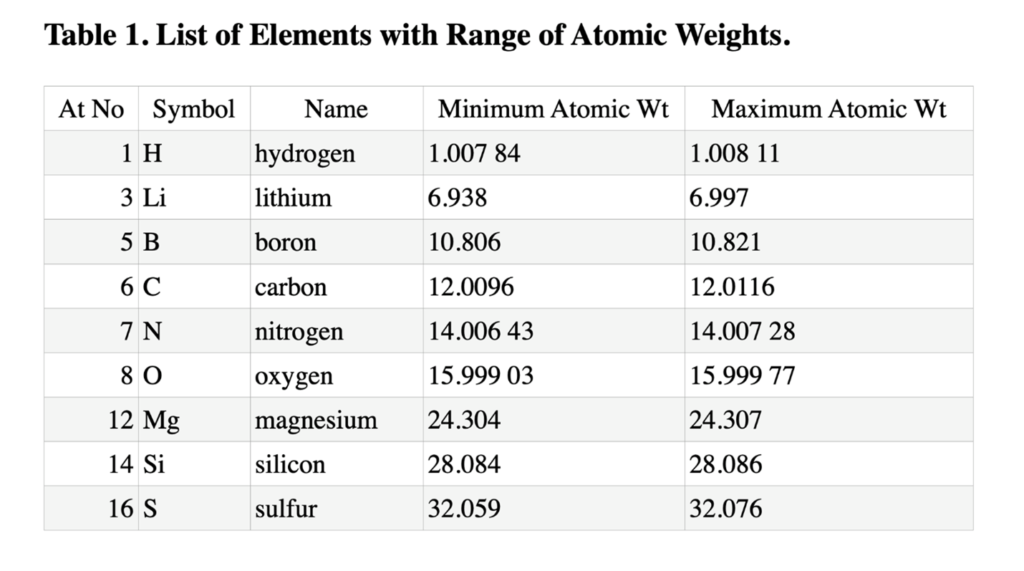Please note that Yin and Yang are not absolute, fixed concepts. They are in comparison with human body.
The Chinese medical classic “Yellow Emperor’s Inner Canon, Su Wen” Chapter 5 states that:
Clear Qì is below, then it generates watery diarrhea; turbid Qì is above, it generates distension and fullness.
清氣在下,則生飱泄,濁氣在上,則生䐜脹。
“Clear Yang comes out from the upper orifices; turbid Yin comes out from the lower orifices. Clear Yang transpires from the fine grains of skin; turbid Yin goes into the five Zang organs. Clear Yang solidifies the four extremities; turbid Yin returns to the six Fu organs.”
清陽出上竅,濁陰出下竅;清陽發腠理,濁陰走五藏;清陽實四支,濁陰歸六府。
Farts contain hydrogen (odorless), carbon dioxide (odorless), methane (odorless), hydrogen sulfide (odor of rotten eggs) and ammonia (pungent odor of urine).
There are several chemical compounds that contribute to the smell (turbidity) of farts (Yin):
Skatole – C9H9N, a by-product of meat digestion
Indole – C8H7N, a by-product of meat digestion
Methanethiol – CH3SH, a sulfur compound
Dimethyl sulfide – (CH3)2S, a sulfur compound
Hydrogen sulfide (H2S, odor of rotten eggs, poisonous)
Volatile amines (NH2, odor of rotten fish)
Short-chain fatty acids (chains of carbon atoms, rancid odor when goes bad)
Feces (mixture of everything)
Bacteria *
So they are either nitrogen or sulfur compounds. * Bacteria is a different category and will not be discussed here.
Now look at the basic atomic components (and weights in the chart below) in carbohydrates, fats and proteins – the three basic components of human food:
Carbohydrates contain carbon (C), hydrogen (H), and oxygen (O) in a 1:2:1 ratio, with carbon coupled with water molecules. Carbohydrates are generated via the process of photosynthesis in plants.
Fats contain carbon (C), hydrogen (H), and Oxygen (O). Carbon chains can be short, medium, or long (between 18 and 22 carbons) in different numbers of double bonds (between 1 and 6 double bonds).
Proteins are composed of carbon (C), hydrogen (H), oxygen(O), nitrogen (N), and often sulfur (S). The structures of proteins are very complex. Protein makes up 20% of our body weight.
Note that only proteins contain nitrogen and sulfur, which contribute to the turbid odor of farts.
Also, some phospholipids (found in eggs, organ meats, lean meats, fish, shellfish, cereal grains and oilseeds) also contain nitrogen and phosphorus (P). So fats can also contribute to the odor.
Before talking about animal proteins, let’s compare plant seeds: grains and legumes.
易經 Yi Jing makes it clear that odd numbers are Yang; even numbers are Yin. Grains are monocotyledon (Yang) plants and contain more carbohydrates; legumes are dicotyledon (Yin) plants and contain more proteins.
It seems that proteins are more Yin food, and it takes the body more efforts to digest them; carbohydrates are more Yang food, and they provide quick energies to the body.
It makes sense why in Shang Han Lun, Zhang Zhong-jing suggested that people with Gui Zhi Tang pattern (damaged Yang) should take hot porridge after taking the formula to restore Yang Qi. And avoid foods high in proteins and fats, such as meats, fish, oily foods, dairy products, etc.
So, if someone’s burps have a strong bad odor, that means the turbidity in the body does not descend properly.

